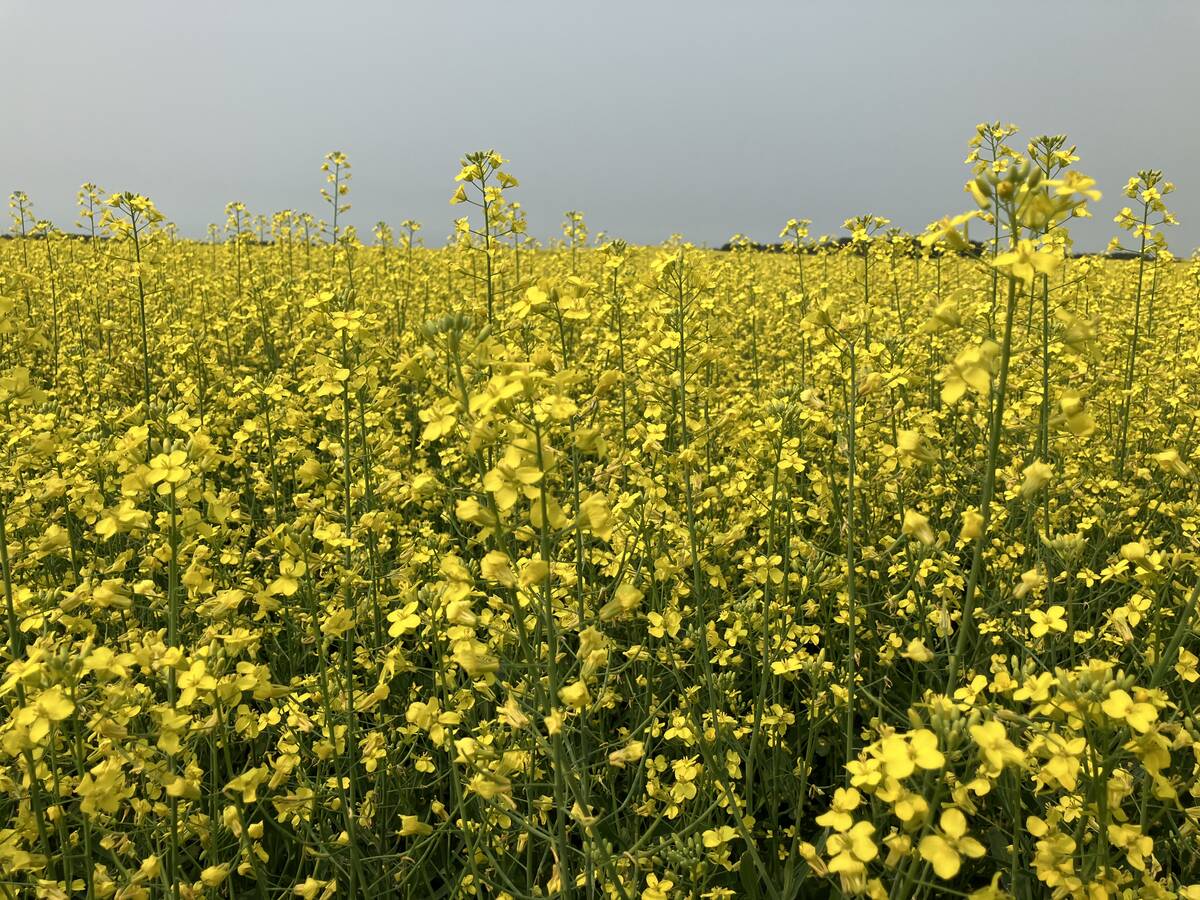Canadian wheat prices are higher than ever before, but most prairie
farmers don’t know whether to laugh or cry about it.
A small proportion of farmers have good crops they will sell at great
prices. Many more have poor crops they will sell at moderate prices.
And some have no crop to sell.
“I didn’t harvest a kernel,” said Stranraer, Sask., farmer William
Bradley, who seeded 3,300 acres this spring. He began with no soil
moisture. Then it didn’t rain. Then his crop died.
Read Also

Canola used in only quarter of Canadian biofuel
Less than one-quarter of the biodiesel and renewable diesel used in Canada in 2024 was made from canola oil feedstock
The Canadian Wheat Board’s Sept. 26 Pool Return Outlook is forecasting
wheat prices to be higher than they have ever been before, with the
highest quality Canada Western Red Spring wheat bringing $8.38 per
bushel at port. Even feed wheat, a class considered unfit for human
consumption, is expected to sell for more than $5 a bu.
Bradley was one of the thousands of farmers caught in the drought belt
that stretched across central Alberta and Saskatchewan. To farmers like
him, today’s record wheat prices are a bitter reminder of the farming
lottery that has given huge returns to some this year, but none to him.
Farmers around Gull Lake, Sask., weren’t dried out, and they thought
they had a good crop, but when it was all combined they discovered they
also wouldn’t be collecting the big money for this year’s crop.
“There are big prices right now, but you have to have the quality,”
said Gull Lake farmer Les Potter.
“We don’t have the quality.”
Potter’s crops didn’t yield badly. He had an above average wheat yield,
and average pea yield and a slightly below average barley yield.
But almost all of it graded feed. He sold some barley at a good price
into the feed market, but now worries that feed prices will fall,
worsening his already poor returns for the crop. The high prices he
keeps hearing about are going to pass him by.
“It doesn’t help us,” Potter said.
“I don’t think we’re any better off than someone who’s droughted out.”
The situation is generally better in Manitoba, where there was little
drought and some areas of good growing conditions. Late rains caused
some crop damage, but quite a few farmers will be able to collect a
decent price for decent crops, said Weldon Newton, president of
Manitoba’s Keystone Agricultural Producers.
“It’s getting to the point where we might actually make some money at
this,” said Newton with a laugh.
His own crop fared poorly, sprouting in the stand from the rains, but
he is glad some Manitoba farmers will do well and that he will be able
to get a reasonable return for his damaged crop.
University of Saskatchewan agricultural economist Ken Rosaasen said
this year’s parade of weather problems means the record-high wheat
prices will land on a few, scattered farmers but miss the rest.
“Those who are fortunate enough to have a crop, who caught a shower at
the right time, will do very much better than their neighbour five
miles away who didn’t,” said Rosaasen.
Bradley, thinking about the prices he missed and looking out the window
at a post-growing season shower that would do him little good, didn’t
lose himself in self-pity.
“Maybe next year we’ll get something,” he said.

















